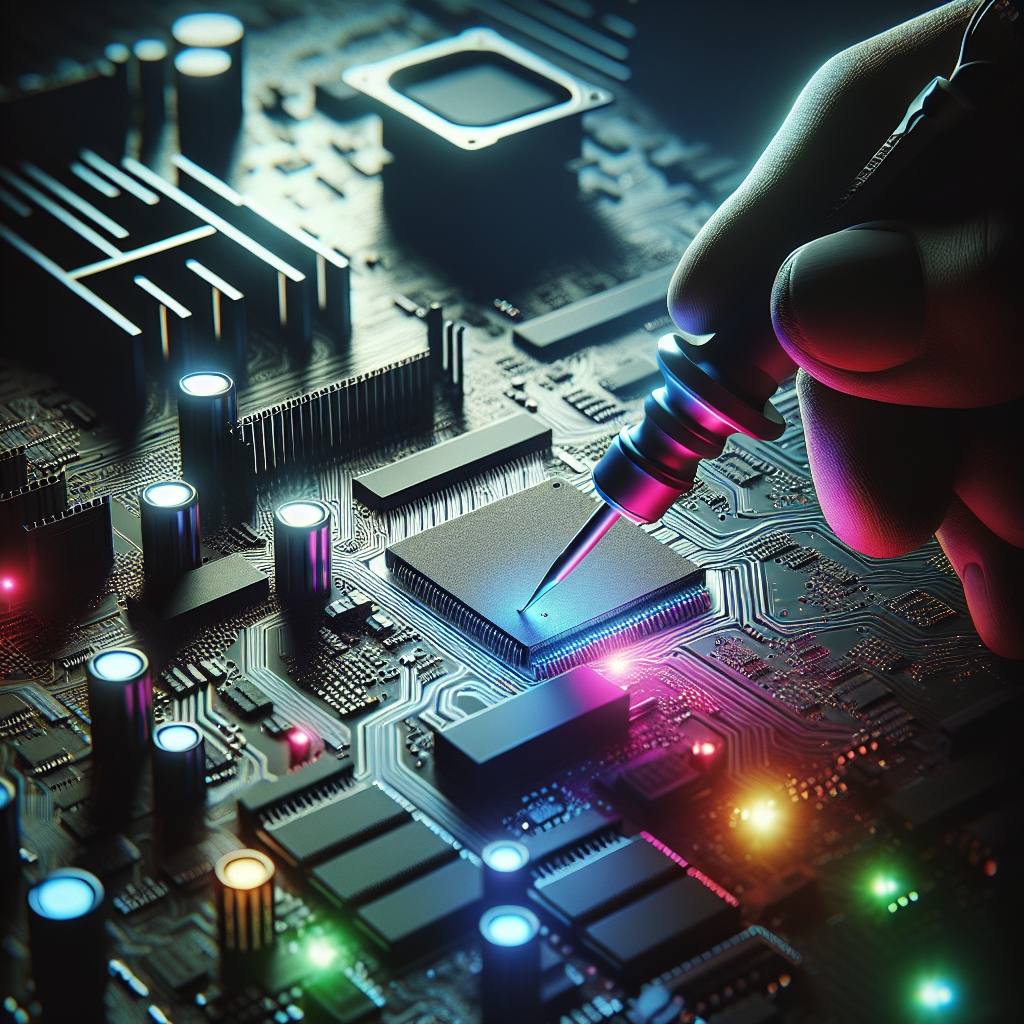Introduction
RGB lighting has become a popular feature in PCs, gaming setups, and ambient home lighting due to its ability to create a mesmerizing display of colors. However, many users encounter issues where the RGB lighting flashes randomly, causing frustration and diminishing the aesthetic appeal of their setups. In this article, we will explore various reasons behind random flashing RGB lighting and provide practical solutions to fix the problem.
Common Causes of Randomly Flashing RGB Lighting
Before diving into the troubleshooting steps, it’s essential to understand the potential causes of flashing RGB lighting. These issues can range from software glitches to hardware malfunctions. Below is a summary table outlining the main reasons for this problem:
| Cause | Description |
|---|---|
| Software Issues | Incompatibilities or bugs in RGB control software can lead to erratic behavior. |
| Driver Problems | Outdated or corrupt drivers for RGB components can cause flashing. |
| Hardware Malfunction | Defective RGB hardware, such as LED strips or PSU, may result in unexpected flashing. |
| Power Supply Problems | An insufficient or unstable power supply can lead to fluctuations in RGB lighting. |
| Overheating | Excessive heat can affect the performance of RGB components. |
Troubleshooting Steps
Now that we have identified potential causes, let’s proceed with troubleshooting steps to resolve random RGB lighting issues:
Step 1: Check the RGB Control Software
- Update Software: Make sure the RGB control software you are using, whether from a motherboard manufacturer or third-party, is up to date. Check the manufacturer’s website for the latest version.
- Reinstall Software: Sometimes, simply uninstalling and reinstalling the RGB software can fix bugs or glitches causing the flashing.
- Reset Settings: Reset the RGB settings within the software back to default and see if the problem persists.
Step 2: Inspect Drivers
- Update Drivers: Outdated drivers can lead to compatibility problems. Update the drivers for your motherboard and RGB components through the device manager or the manufacturer’s website.
- Roll Back Drivers: If the flashing issue started after a driver update, consider rolling back to a previous version that worked correctly.
Step 3: Examine Connections
- Secure Connections: Power down your PC and check all RGB connections, including headers, controllers, and power connectors. Ensure everything is firmly connected.
- Test Different Ports: If you have more than one RGB port, try connecting your lighting to a different port to see if that resolves the issue.
Step 4: Assess Hardware
- Inspect LEDs: Look for damaged or faulty LED strips and replace them if necessary.
- Check the PSU: Ensure your Power Supply Unit (PSU) provides adequate power to your RGB devices. You may need to upgrade to a higher-wattage PSU if it’s insufficient.
Step 5: Monitor Temperatures
- Check System Temperatures: Use software tools to monitor temperature levels and ensure that your system isn’t overheating. It may be necessary to improve case ventilation or clean dust from fans to maintain optimal cooling.
Advanced Solutions
If basic troubleshooting does not resolve your flashing RGB lighting issue, consider the following advanced solutions:
1. Change the Power Supply
If your current power supply is inadequate or malfunctioning, it may be time for an upgrade. Ensure that the new PSU meets the power requirements of all connected components, including the RGB lighting.
2. Replace Defective RGB Components
If a specific RGB device continues to flash randomly despite troubleshooting, it may be defective. Consider replacing the offending LED strips, fans, or controllers.
3. Test with Another System
If possible, connect your RGB components to a different system to determine if they behave normally. This can help isolate whether the issue is with the RGB hardware or your primary setup.
Preventive Measures
To avoid future RGB lighting issues, consider implementing these preventive measures:
- Regular Software Updates: Keep your RGB control software and drivers updated to minimize compatibility issues.
- Maintain Cleanliness: Regularly clean your PC to prevent dust buildup, which can lead to overheating and hardware malfunction.
- Temperature Monitoring: Use system monitoring tools to keep track of temperatures and prevent overheating.
Conclusion
Randomly flashing RGB lighting can be a nuisance, but with a systematic approach to troubleshooting and proper maintenance, you can quickly resolve the issue and enjoy a captivating visual experience. Whether the problem lies in the software, drivers, connections, or hardware, the steps we’ve outlined will guide you toward finding an effective solution. Remember to stay proactive in maintaining your RGB setup to prevent similar issues from emerging in the future.




